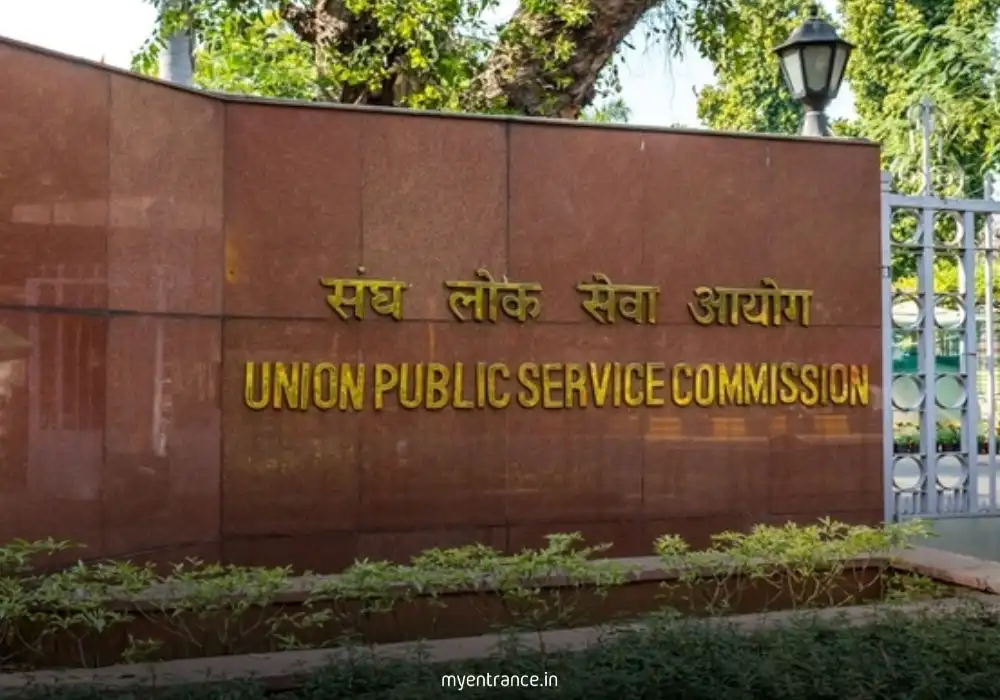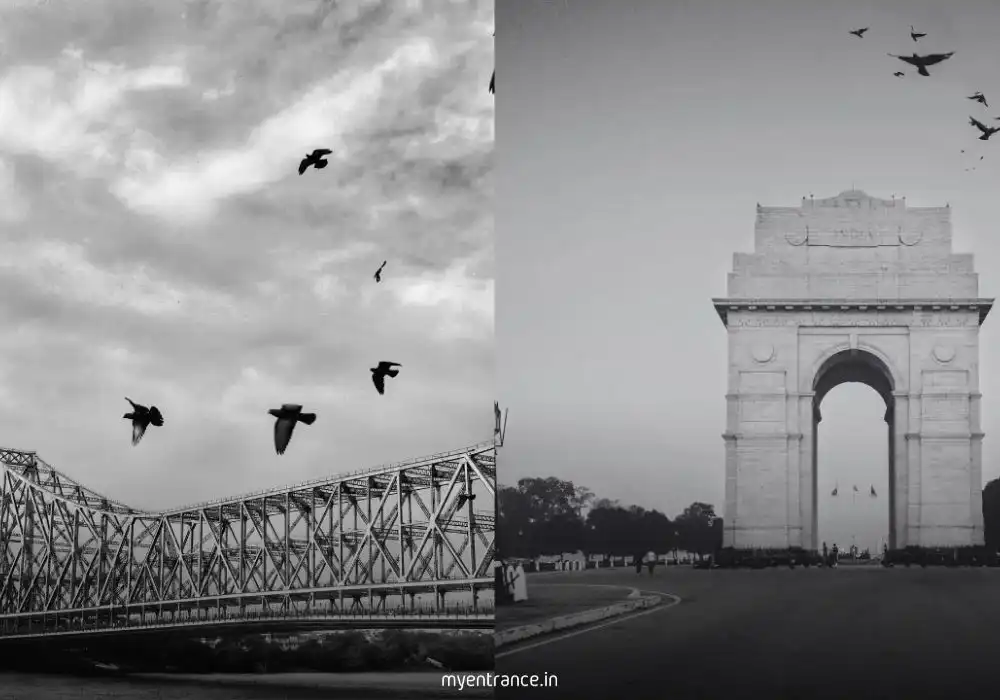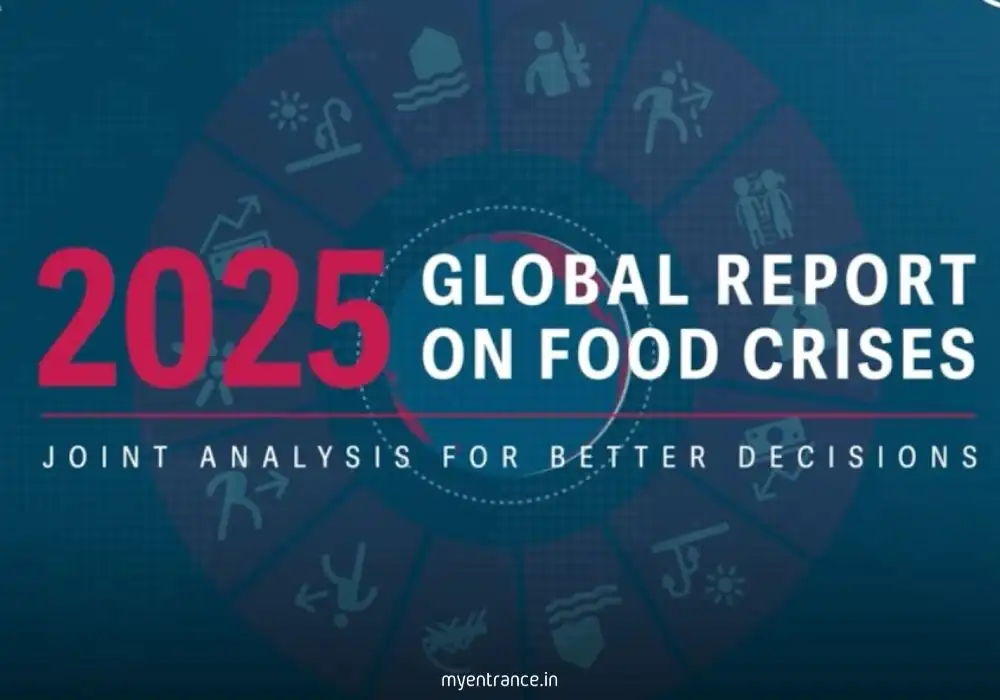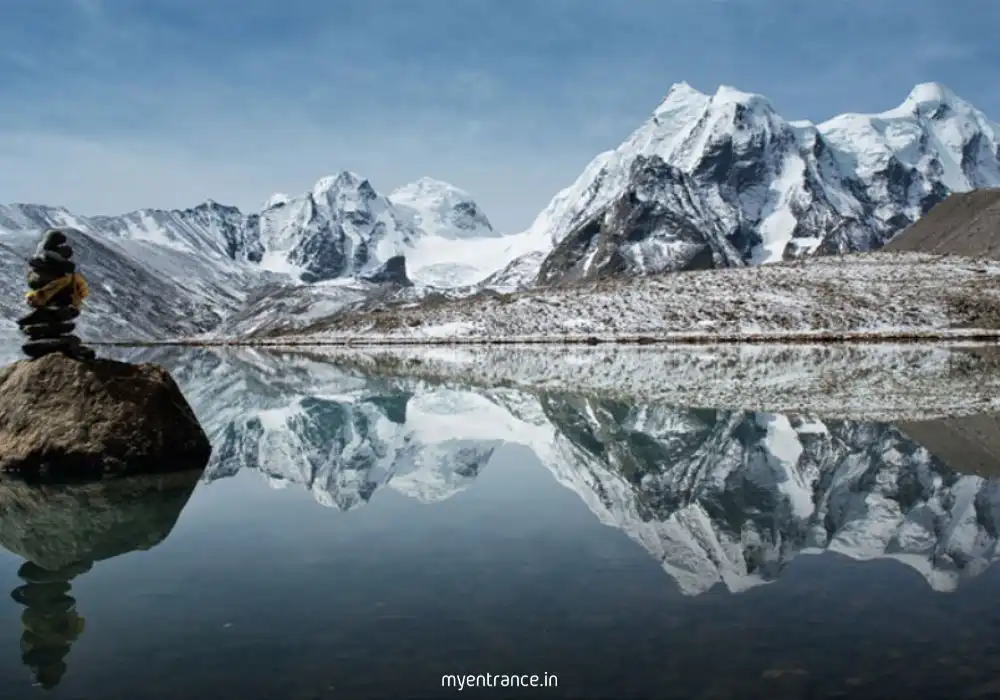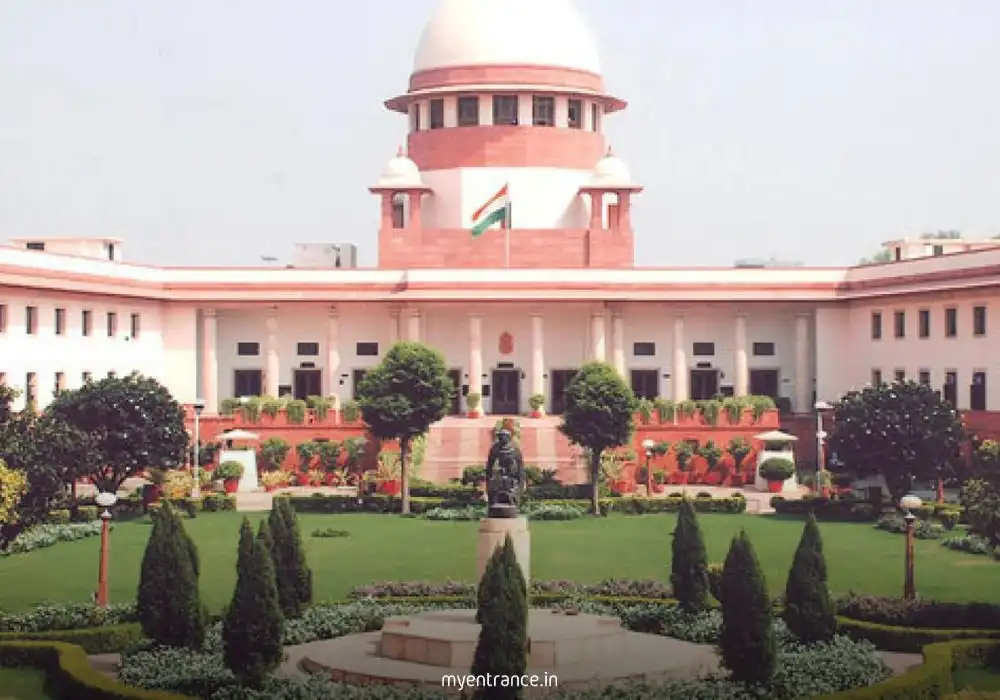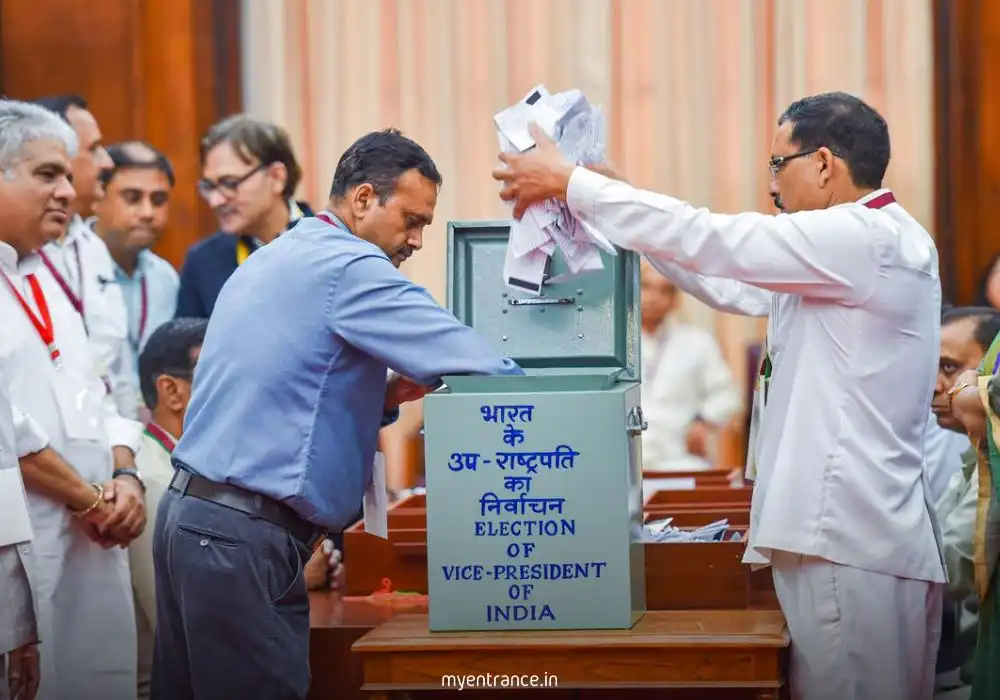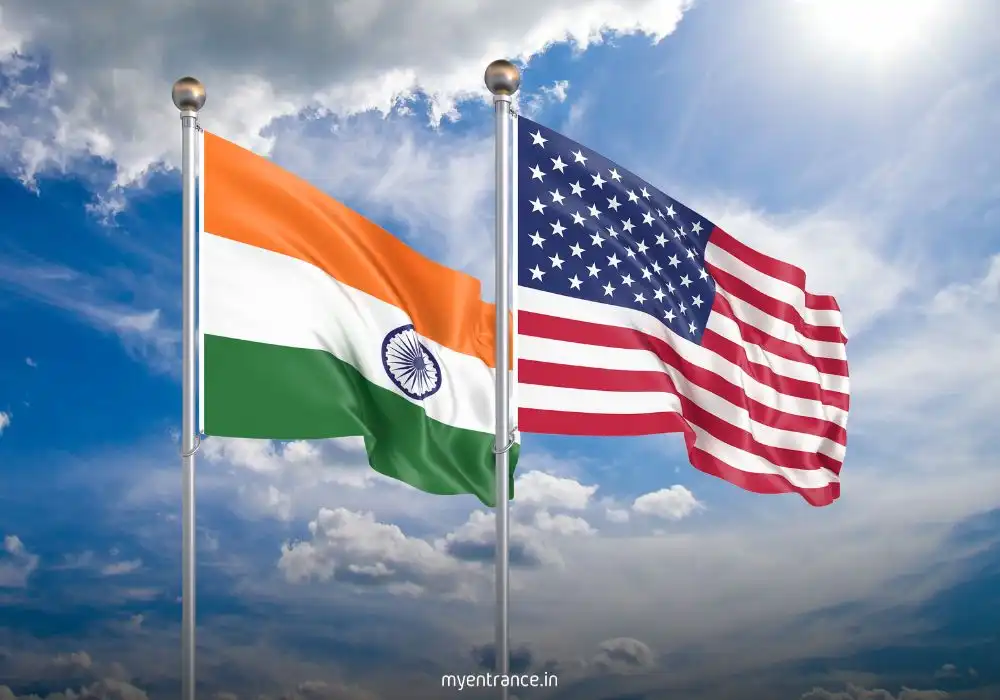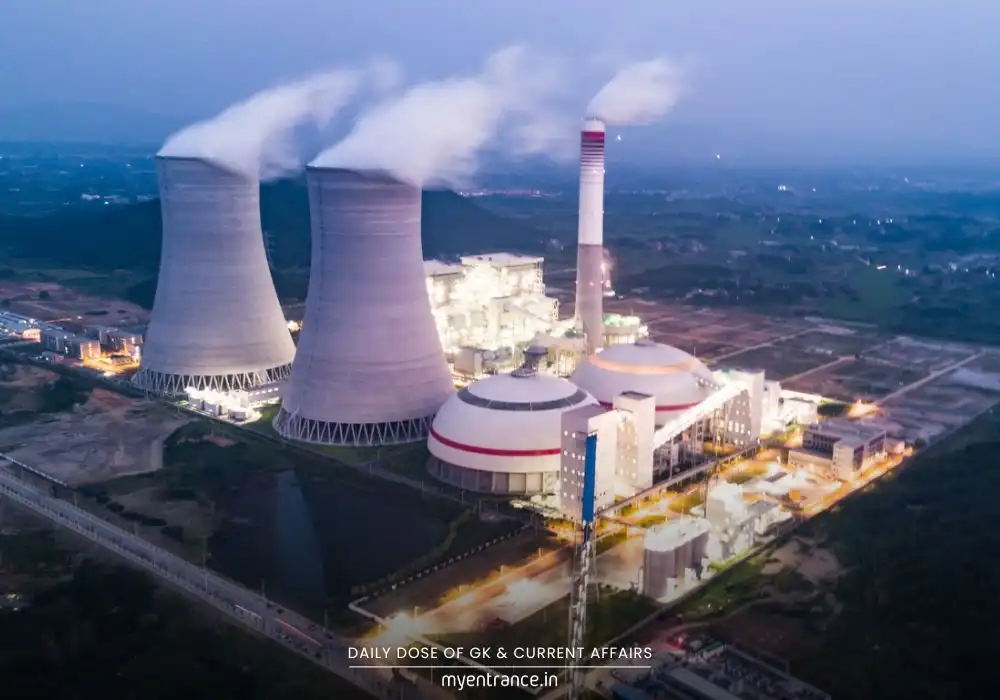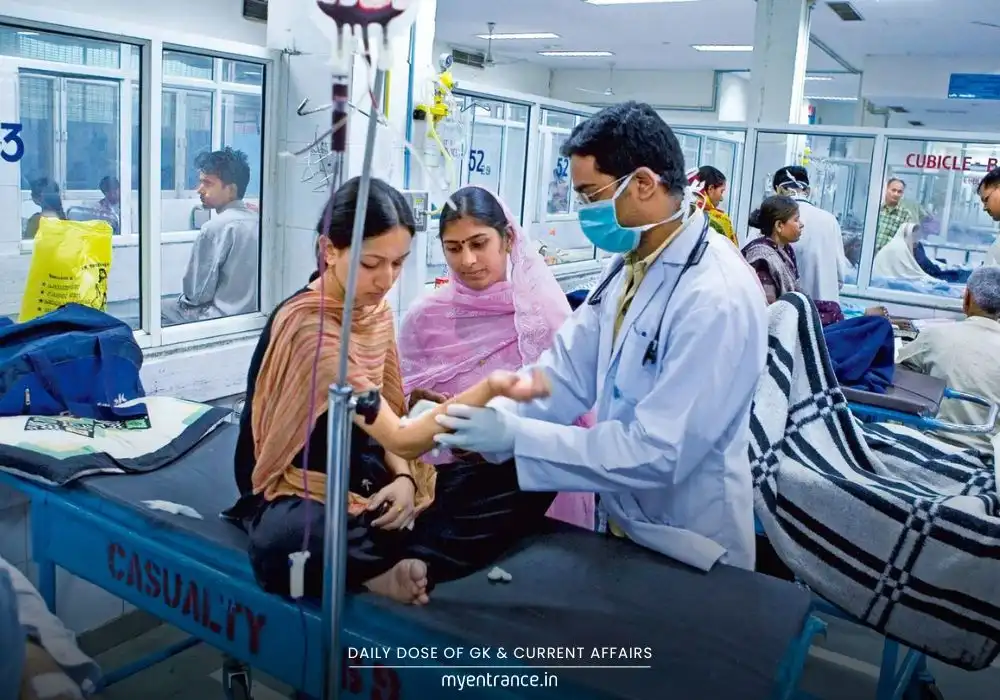Translate Language
Daily Current Affairs Quiz and Key Pointers: 05-08-2025
Staying updated with current affairs is no longer optional—it’s your competitive edge in exams like UPSC, SSC, PSC, NID, NIFT, and KAS. Today’s edition brings you crisp, exam-focused analyses of the most important developments, from groundbreaking policies to critical Supreme Court verdicts and global hunger crises.
Each topic is handpicked for its high relevance to competitive exams, distilled into key facts, and paired with quick Q&A for active recall. Whether it’s Sikkim’s revolutionary sabbatical leave policy, India’s partnership with UN-WFP, or the Supreme Court’s warning on Himachal’s ecology, we ensure you grasp not just the “what,” but the “why it matters” for your exam.

1. Sikkim’s Sabbatical Leave Policy – A First in India
Sikkim has introduced a groundbreaking Sabbatical Leave Policy for government employees, allowing them to take up to 3 years of unpaid leave for personal growth, higher studies, or voluntary work. This initiative aims to enhance employee productivity and work-life balance while retaining job security.
Key Facts:
First Indian state to implement such a policy.
Employees can pursue education, startups, or travel.
Job position is protected during the leave period.
Q&A:
Q1. Which state launched India’s first Sabbatical Leave Policy?
A1. Sikkim.
Q2. What is the maximum duration of leave under this policy?
A2. 3 years.
Q3. Can employees join back their original posts after the leave?
A3. Yes, their positions are protected.
Read More: Sikkim’s Sabbatical Leave Policy – Key Facts for Exams
2. JK Govt Extends Amnesty Scheme for Electricity Bills
The Jammu & Kashmir government has extended its Electricity Bill Amnesty Scheme, offering a full waiver on pending interest and penalties for consumers who clear their dues by December 2024. This move aims to ease financial burdens and improve power bill recovery rates.
Key Facts:
100% interest waiver on cleared dues.
One-time settlement option for defaulters.
Applicable to domestic and commercial consumers.
Q&A:
Q1. What benefit does JK’s amnesty scheme offer?
A1. Full waiver on interest and penalties for cleared dues.
Q2. Till when is the scheme valid?
A2. December 2024.
Q3. Who can avail this scheme?
A3. Domestic and commercial electricity consumers.
Read More: JK’s Electricity Bill Amnesty Scheme – Details
3. Karkhandar Scheme – Reviving Kashmir’s Heritage Handicrafts
The Karkhandar Scheme is a Jammu & Kashmir initiative to preserve and promote traditional Kashmiri handicrafts like Pashmina, Papier-mâché, and Wood Carving. It provides financial aid and skill training to local artisans, boosting employment and cultural heritage.
Key Facts:
Focuses on reviving dying handicraft arts.
Offers subsidies and market linkages for artisans.
Aims to generate 50,000 jobs in 5 years.
Q&A:
Q1. What is the Karkhandar Scheme’s primary goal?
A1. To revive Kashmir’s traditional handicrafts.
Q2. Which crafts are covered under this scheme?
A2. Pashmina, Papier-mâché, and Wood Carving.
Q3. How many jobs does it aim to create?
A3. 50,000 in 5 years.
Read More: Karkhandar Scheme – Key Facts for Exams
4. Yuva Nidhi Scheme – Financial Aid for Karnataka’s Unemployed Youth
The Karnataka government has launched the Yuva Nidhi Scheme to provide financial assistance to unemployed graduates and diploma holders. Under this scheme, eligible candidates will receive ₹3,000 per month for graduates and ₹1,500 for diploma holders for up to two years.
Key Facts:
Aimed at reducing unemployment stress among educated youth.
Applicants must be registered on the Karnataka Employment Exchange.
No financial support if the beneficiary secures a job during the scheme period.
Q&A:
Q1. What is the monthly allowance for graduates under Yuva Nidhi?
A1. ₹3,000 per month.
Q2. Who is eligible for this scheme?
A2. Unemployed graduates and diploma holders registered with the Karnataka Employment Exchange.
Q3. How long will the financial aid be provided?
A3. Up to 2 years or until employment, whichever is earlier.
Read More: Yuva Nidhi Scheme – Financial Aid for Karnataka’s Youth
5. Ayushman Bharat Scheme – Benefits and Impact
The Ayushman Bharat Pradhan Mantri Jan Arogya Yojana (AB-PMJAY) is one of the world’s largest health insurance schemes, providing ₹5 lakh per family per year for secondary and tertiary healthcare. Over 50 crore beneficiaries are covered under this scheme.
Key Facts:
Covers hospitalization expenses for over 1,500 medical procedures.
Cashless treatment available at empanelled public and private hospitals.
Focuses on reducing out-of-pocket healthcare expenses for the poor.
Q&A:
Q1. What is the coverage limit under Ayushman Bharat?
A1. ₹5 lakh per family per year.
Q2. How many beneficiaries are covered under this scheme?
A2. Over 50 crore people.
Q3. Are private hospitals included under AB-PMJAY?
A3. Yes, if they are empanelled under the scheme.
Read More: Ayushman Bharat Scheme – Key Facts for Competitive Exams
6. India & UN-WFP Boost Rice Fortification in Nepal
India has partnered with the United Nations World Food Programme (WFP) to enhance rice fortification in Nepal, aiming to combat malnutrition. This initiative will distribute fortified rice through Nepal’s public distribution system, benefiting millions.
Key Facts:
Focuses on reducing micronutrient deficiencies like anemia.
Supported by India’s Food Corporation (FCI) and Nepal’s government.
Part of India’s Neighbourhood First Policy.
Q&A:
Q1. What is the goal of India-WFP’s rice fortification project in Nepal?
A1. To reduce malnutrition through fortified rice distribution.
Q2. Which Indian organization is supporting this initiative?
A2. Food Corporation of India (FCI).
Q3. How does this align with India’s foreign policy?
A3. It reflects the Neighbourhood First Policy.
Read More: India-WFP Rice Fortification in Nepal – Key Insights
7. iSTAND – Transforming Drug Discovery in India
The iSTAND (Indigenous Solutions for Transformative and Affordable New Drugs) initiative aims to boost indigenous drug discovery by supporting startups and researchers. It focuses on affordable medicines for diseases like TB and malaria.
Key Facts:
Funded by the Department of Biotechnology (DBT).
Encourages public-private partnerships in pharma research.
Aims to reduce India’s dependence on imported drugs.
Q&A:
Q1. What is the main objective of iSTAND?
A1. To promote indigenous and affordable drug discovery.
Q2. Which government body funds iSTAND?
A2. Department of Biotechnology (DBT).
Q3. Which diseases are prioritized under this initiative?
A3. TB, malaria, and other critical illnesses.
Read More: iSTAND Initiative – Key Facts for UPSC, SSC, PSC
8. IAEA’s Global SMR Initiative – What Aspirants Must Know
The International Atomic Energy Agency (IAEA) has launched the Global Small Modular Reactors (SMR) Initiative to promote clean and compact nuclear energy solutions. These reactors are safer, scalable, and ideal for remote areas.
Key Facts:
SMRs produce less than 300 MW of electricity.
Can be used for desalination and hydrogen production.
India is exploring SMRs to meet net-zero emissions goals.
Q&A:
Q1. What is the power capacity of SMRs?
A1. Less than 300 MW.
Q2. What are the additional uses of SMRs besides electricity?
A2. Desalination and hydrogen production.
Q3. How does India plan to use SMRs?
A3. To achieve clean energy and net-zero targets.
Read More: IAEA’s Global SMR Initiative – Exam Insights
9. Why Courts Are Questioning Arya Samaj Marriages
Recent court rulings have scrutinized Arya Samaj marriages, particularly concerning legal validity and documentation. Some states now require additional proof of marriage to prevent fraudulent registrations.
Key Facts:
Arya Samaj marriages are simple and Vedic-based.
Courts demand proper marriage certificates for legal recognition.
Aimed at preventing fake marriages and exploitation.
Q&A:
Q1. What is unique about Arya Samaj marriages?
A1. They are simple, Vedic, and require minimal rituals.
Q2. Why are courts imposing stricter rules?
A2. To prevent fraudulent marriages.
Q3. What additional proof is now required in some states?
A3. Proper marriage certificates for legal validity.
Read More: Arya Samaj Marriages – Legal Scrutiny Explained
10. EC Announces Vice President Polls – Key Constitutional Insights
The Election Commission (EC) has announced the schedule for the Vice Presidential election 2024. The VP is elected by an Electoral College comprising MPs from both Houses.
Key Facts:
The VP is the ex-officio Chairperson of the Rajya Sabha.
Election follows the proportional representation system.
Must be an Indian citizen above 35 years.
Q&A:
Q1. Who elects the Vice President of India?
A1. An Electoral College of MPs from Lok Sabha & Rajya Sabha.
Q2. What role does the VP play in Parliament?
A2. Acts as the Rajya Sabha Chairperson.
Q3. What is the minimum age to contest VP elections?
A3. 35 years.
Read More: Vice President Election 2024 – Constitutional Facts
11. Why SC Rejected Extending POSH Act to Political Parties
The Supreme Court recently ruled that the Prevention of Sexual Harassment (POSH) Act 2013 does not apply to political parties, stating that they are not “workplaces” under the law. This decision came after petitions sought accountability for harassment during political activities.
Key Facts:
POSH Act mandates safe workplaces but excludes political organizations.
SC emphasized the need for internal grievance mechanisms in parties.
Activists argue for legal reforms to protect women in politics.
Q&A:
Q1. Why did SC exclude political parties from POSH Act?
A1. They don’t qualify as “workplaces” under the law.
Q2. What alternative did the SC suggest?
A2. Political parties should create internal complaint committees.
Q3. What’s the activists’ demand post this verdict?
A3. Amend laws to cover harassment in political spaces.
Read More: SC on POSH Act & Political Parties – Key Takeaways
12. Why SC Fears Himachal’s Disappearance – Environmental Crisis
The Supreme Court warned that Himachal Pradesh risks ecological collapse due to unchecked construction, deforestation, and hydropower projects. Judges cited the 2023 floods as a wake-up call for sustainable development.
Key Facts:
Illegal constructions on riverbeds worsened flood impacts.
SC ordered a carrying capacity study for Himalayan states.
Himachal loses ₹10,000+ crore annually to climate disasters.
Q&A:
Q1. What major threat did SC highlight for Himachal?
A1. Ecological collapse from unsustainable development.
Q2. What solution did the court propose?
A2. Carrying capacity studies for Himalayan regions.
Q3. How much does Himachal lose yearly to disasters?
A3. Over ₹10,000 crore.
Read More: Himachal’s Ecological Crisis – SC’s Warning
13. Global Hunger Crisis 2025 – 295 Million in Peril
A UN report predicts 295 million people will face acute hunger by 2025, with conflicts, climate change, and economic shocks as key drivers. This has implications for India’s food security policies and UPSC aspirants.
Key Facts:
Sudan, Afghanistan, and Haiti are worst affected.
India’s PDS and PMGKAY schemes are critical safety nets.
UPSC relevance: Link to SDG 2 (Zero Hunger).
Q&A:
Q1. How many people will face hunger by 2025 per UN?
A1. 295 million.
Q2. Which countries are most vulnerable?
A2. Sudan, Afghanistan, Haiti.
Q3. How does this relate to India’s policies?
A3. Highlights importance of PDS and food security schemes.
Read More: Global Hunger Crisis 2025 – UPSC Insights
Bonus: Quick Current Affairs Quiz
Which Act was denied extension to political parties by SC?
What is the proposed solution for Himachal’s ecology?
Name one Indian scheme addressing hunger crises.
Answers:
POSH Act 2013
Carrying capacity studies
PDS or PMGKAY
Why This Matters for Exams
UPSC: Links to governance, environment, and international reports.
SSC/PSC: Covers policies, schemes, and Supreme Court judgments.
NID/NIFT: Global issues like hunger connect to design solutions.
Pro Tip: Revise these topics via mnemonics! Example:
HUNGER = Himachal, UN reports, National schemes, Global data, Ecology, Remedies.
How to Use This Content
Daily Revision: Spend 10 mins reviewing key facts.
Flashcards: Convert Q&A into digital cards (use Anki/Quizlet).
Mock Tests: Visit MyEntrance.in for topic-wise quizzes.
Get 3 Months Free Access for SSC, PSC, NIFT & NID
Boost your exam prep!
Use offer code WELCOME28 to get 3 months free subscription. Start preparing today!
